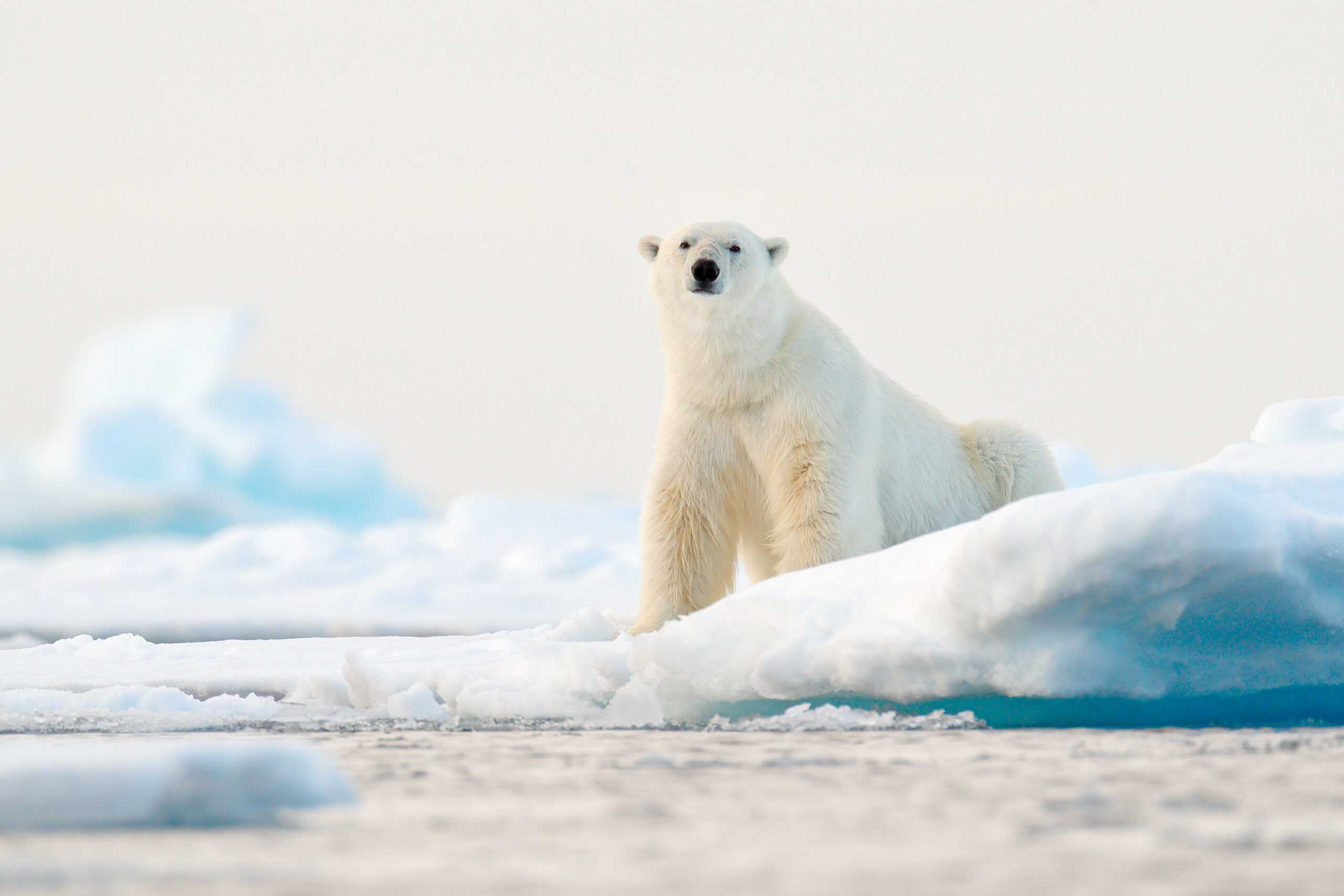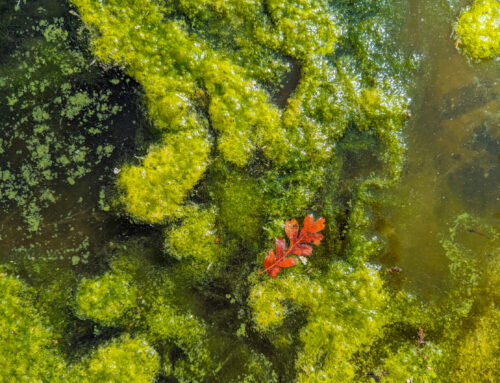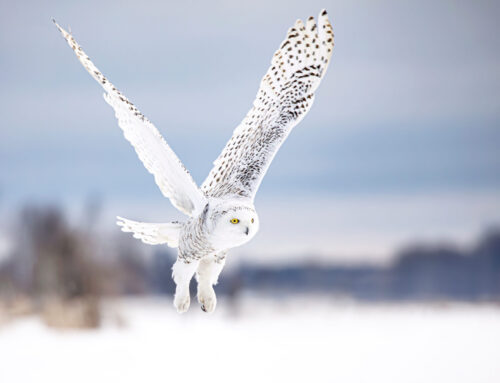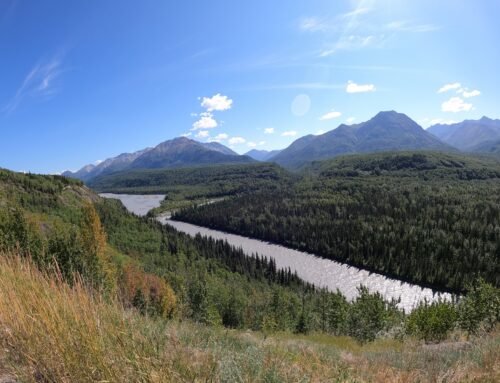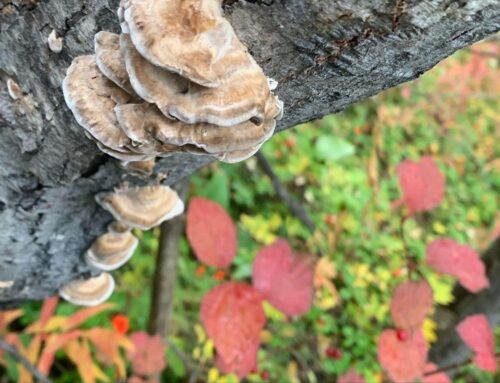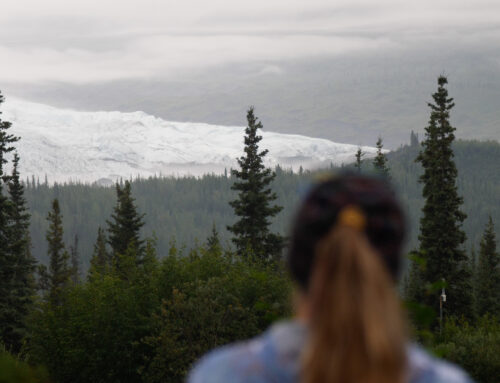Polar Bears
Ursus maritimus Formally Known as Thalarctos martimus
Alaska is known for the varied and dense populations of bears in their natural habitats. If you head Far North, you may be able to see one of the closest relatives to the well-known large brown bear species, the polar bear. The polar bear is often recognized for its gigantic size, white fur coat, ability to adapt to hostile environments, and top-trophic-level carnivore status.
This arctic bear is found only in the Northern Hemisphere and near arctic sea ice typically. So, their rarity within these unknown environments can be intriguing for some. Plus, they also live in an environment few get to visit. This is due to the remote and unspecified details of many areas of the far North.
History of Arctic Bears
Since people have lived in the Arctic regions, they have had relations with polar bears. Thankfully with a combination of scientific records and the oral traditions of storytelling from the first peoples, we have a more complete history and story to explore. As early as the year 650, Japanese manuscripts documented polar bears.
After that, in the 17th century, when Russians settled the coasts of the Northern Slope, we find more accounts of these Arctic sea bears. By the 18th century, communities from different cultures could translate the geological records and studies of native inhabitants. The ceremonies and rituals Indigenous people hold sacred are just fragments of this documentation.
Commander C.J. Phipps, author of 1774’s “A Voyage Towards the North Pole” was the first to use the Latin name Ursus maritimus. This Latin word translates to “sea bear” due to the bear’s relativity to Arctic waters and reliance on sea ice. Later, Thalarctos was accepted, meaning “bear of the North.” Then, in 1971, scientists settled on the official name Ursus maritimus as documented by the Alaska Department of Fish and Game.
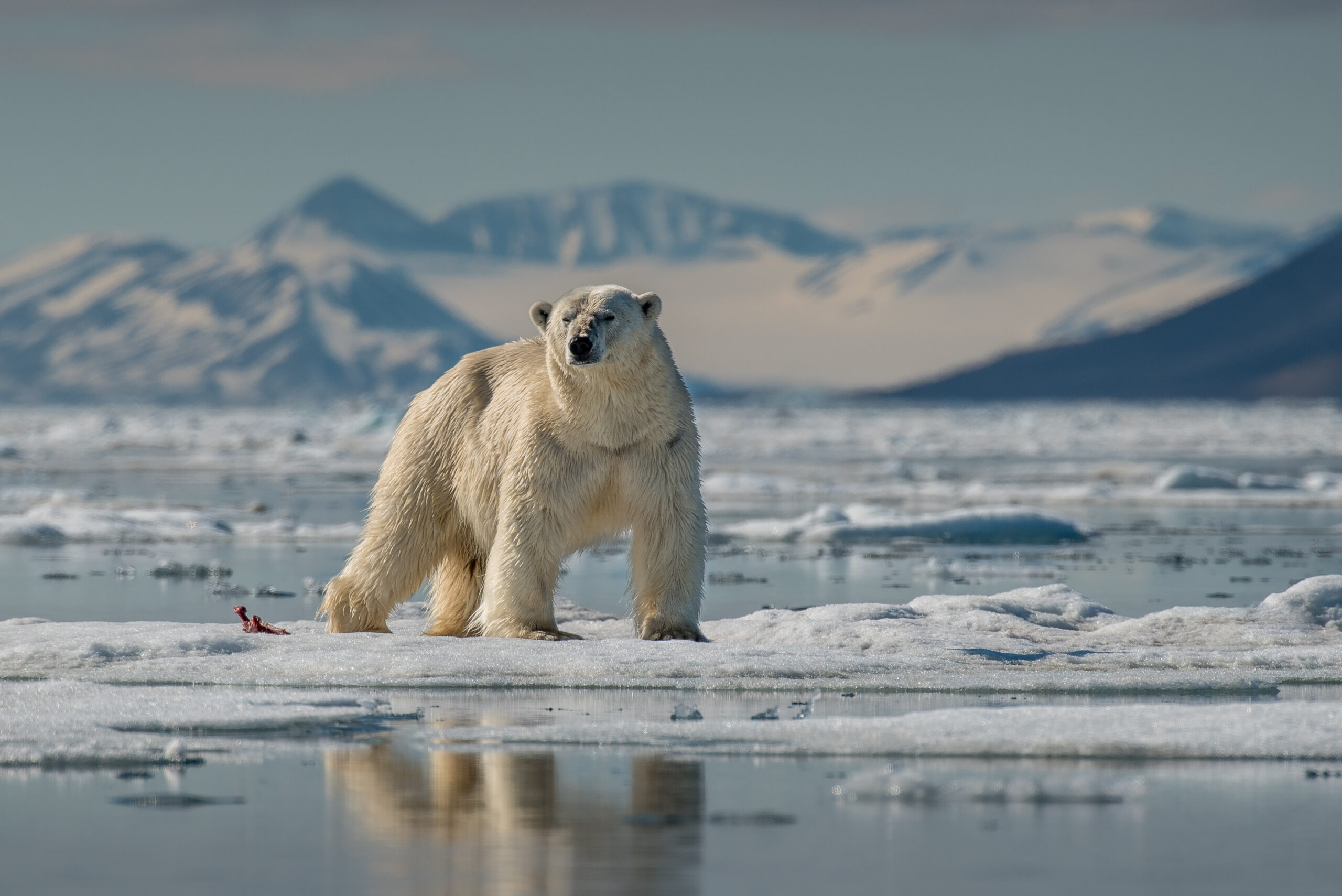
The Balance of Bears and People
For thousands of years, people have been migrating to follow food sources and navigate changing environments. Thus, they had a dynamic relationship with Arctic bears. Before colonization in these Arctic regions, aboriginal peoples harvested for hides, meat, and fat.
Ritual and ceremonial rites began with a humble offering and asking for the food needed to sustain their communities. And, if a hunt was successful, the ritual ended in burying the bones with the same honor they hold for their community. We know much of these stories from interpretations of petroglyphs found in Eastern Siberia. And, from the research of the Ob’ river Ugrs – Khants and
Mansi tribes.
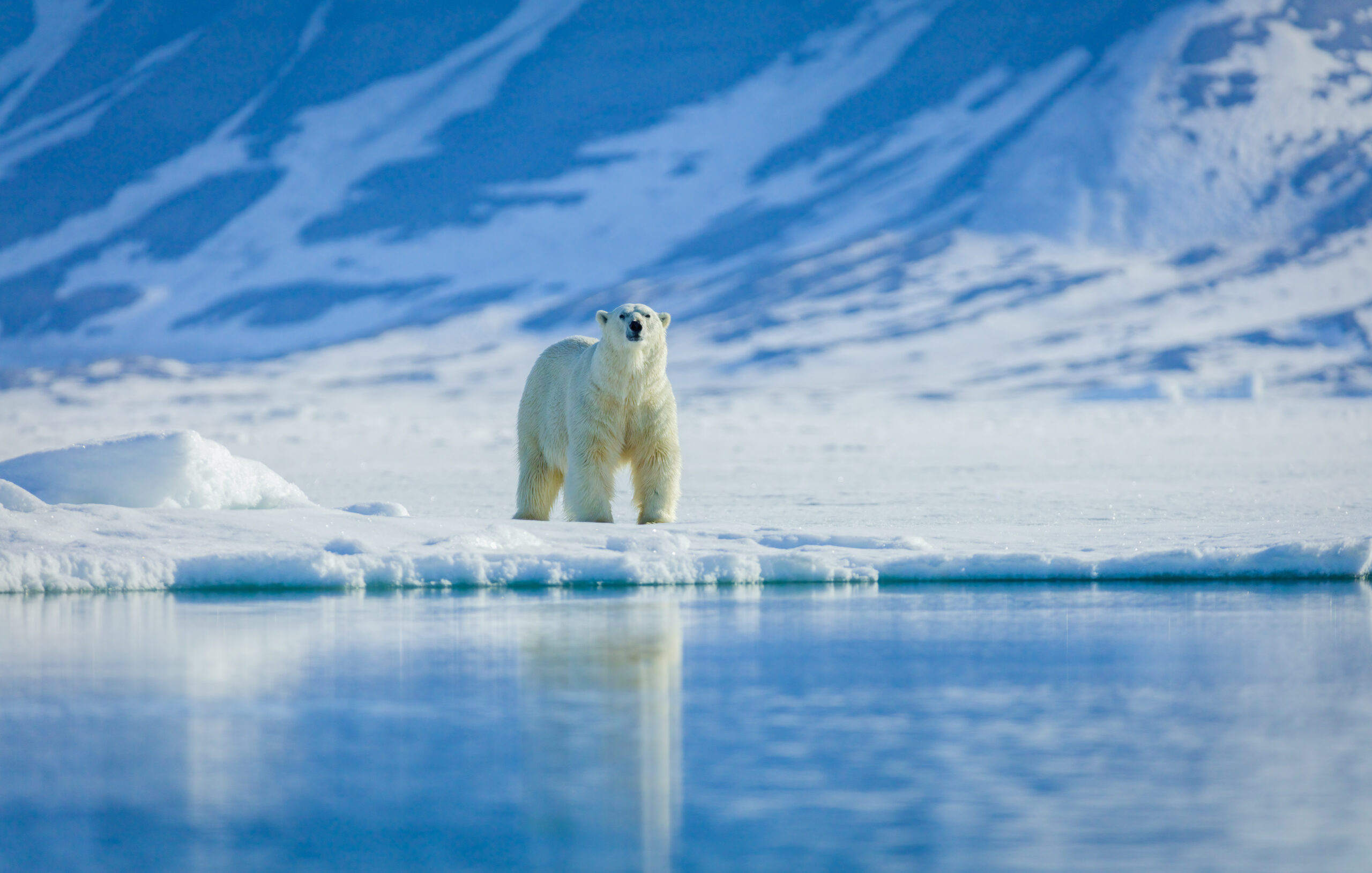
Connection Through Story
There is a pattern in various mythologies across different cultures with this animal. There is a handful of reasons they are seen with such respect: their strength, fearlessness, endurance, acute sense of smell, ferociousness, and their similarities to man. Many of these attributes shine a light on stories that describe these bears as a god. Others described them as cultural heroes, origin of traditions, ancestors, totems, guardian spirits, healer spirits, masters of the animal world, and sacred or sacrificial animals (dying and then reborn).
They have been described as the incarnation of a soul, the animal double of a man, judge, giver, helper and teacher, the helper of shamans, his animal incarnation and soul, werewolf, and the list continues. Many of these descriptions and stories help people to journey through the trials and tribulations of challenge and change.
Each element and physical manifestation of this animal represented certain vitality and strengths to the people. Some cultures even take the time and consideration to carefully move any animal tracks in the ice before crossing the pathway. They would then place the ice tracks back into place after moving beyond them. These are symbols of protection and a blessing.
Polar Bear Habitat
Polar bears live exclusively in arctic regions that have sea ice. These bears can be found in Alaska along the Bering Sea and the Far North. They are most abundant near southern ledges of sea ice and migrate as ice formations change and shift. During winter, you can find Polar bears as far south as St. Matthew Island in the Bering Sea.
Polar bears can be found in other arctic regions like Canada, Siberia, Russia, Greenland, and Norway. After various studies, scientists have concluded there are currently 19 separate polar bear populations. This species’ primary food source is the ringed seal. Since this is the primary sustenance for these large mammals, they depend on the sea ice for hunting.
Polar bears wait by breathing holes and cracks in the ice to hunt their food source stealthily. These large carnivores sometimes eat whales, walruses, beached carcasses, and occasionally eat small mammals, bird eggs, and vegetation if other food sources are low. So, they do have some omnivore tendencies.
New Life
These bears stay close to the pack ice in the spring to make hunting easier. Then, in the summer, they will continue to follow the receding ice with the summer melt and occasionally come to land. As the fall approaches, polar bears move closer to the pack ice again so that females are ready to den and have their babies by winter.
Typically, females have one to two cubs and rarely will have three. Cubs are more regularly born in December and emerge in March or early April. Their young weigh about 15 pounds at this time and make regular short trips from the den to acclimate to the outdoor environment. The mother then teaches their young how to navigate the drifting sea ice. Most young will stay with their mother for about 28 months (Approx. 2 years). This has been observed and documented by the Alaska Department of Fish and Game.
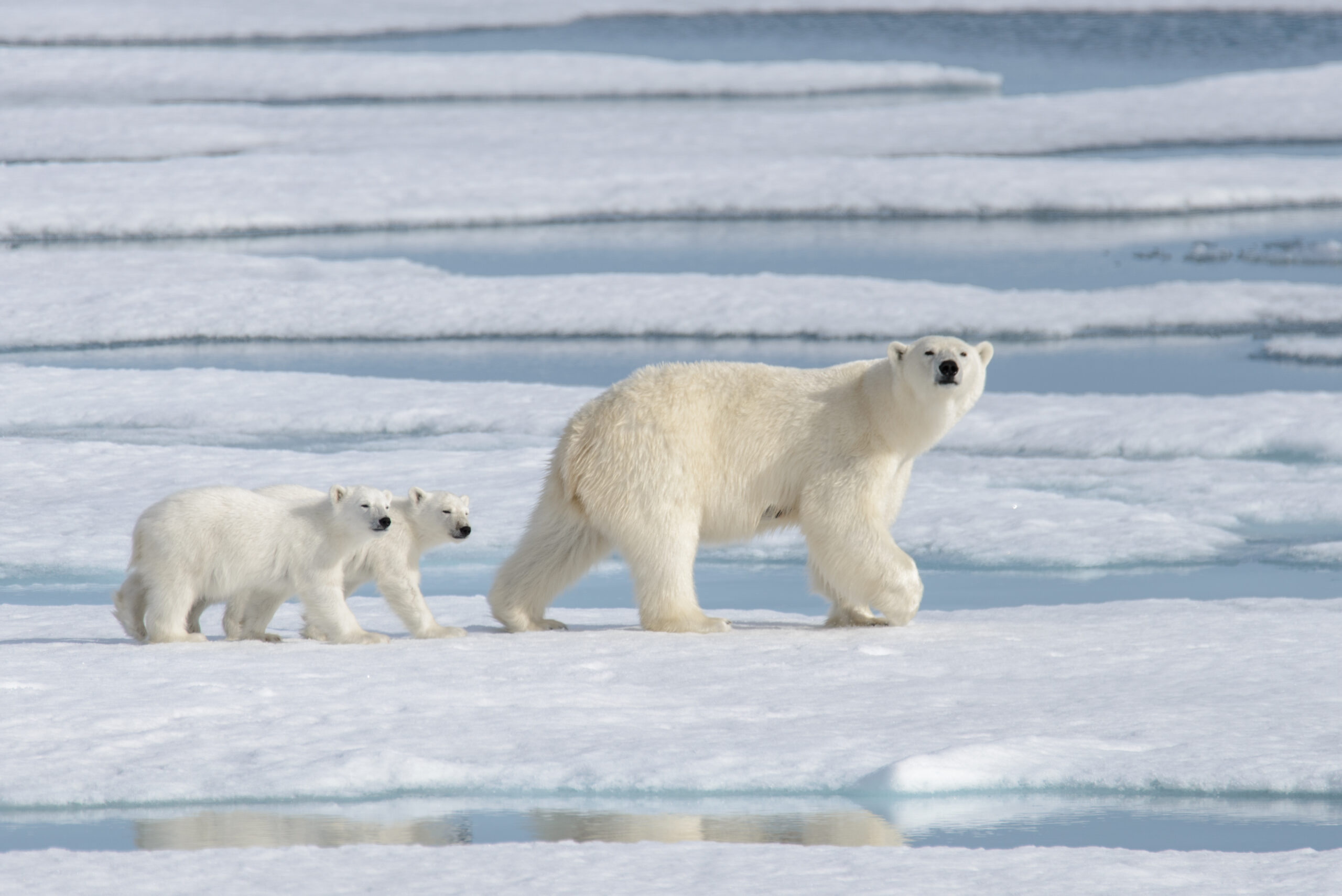
Harvesting and Sustainability
Due to overharvesting in the 1950s and 1960s, by the 1970s, a protection act was put into place for these bears. The Federal Marine Mammal Act of 1972 transferred management authority to the federal government. This act restricts anyone from hunting this animal, except for native Eskimo populations.
This act removed the availability of trophy hunting and allowed more developed discussion space between state and federal agencies. While this removed a vital threat, polar bears are currently faced with a variety of new obstacles to healthy populations. Some current threats to the polar bear are loss of sea ice, environmental impacts, conflict with people, and inadequate protection for smaller populations of bears.
Polar bears are now considered vulnerable when it comes to being classified as an endangered species. Since habitat loss, most fertile births that sustain life currently happen in zoos. Some populations cannot be observed or accounted for due to unknown regions and being able to track these groups.
References
- Lindstrand, Doug. Doug Lindstrand’s Alaskan Sketchbook : An Artist/Photographer’s Guide to the People & Wildlife of America’s Last Frontier. Portland, Or, Graphic Arts Center, 1981.
- KOCHNEVA, SVETLANA. “POLAR BEAR in MATERIAL and SPIRITUAL CULTURE of the NATIVE PEOPLES of CHUKOTKA.” Pacific Fisheries Research Center (Pacific NIRO) (Chukotka Branch), 2007, pp. 12–19. V.G. Tan-Bogoraz Chukotka Regional Universal Public Library, nannut.org/wp-content/uploads/2021/04/Polar-Bear-in-Material-and-Spiritual-Culture-of-the-Native-Peoples-of-Chukotka-2007.pdf. Accessed 24 Aug. 2024.

